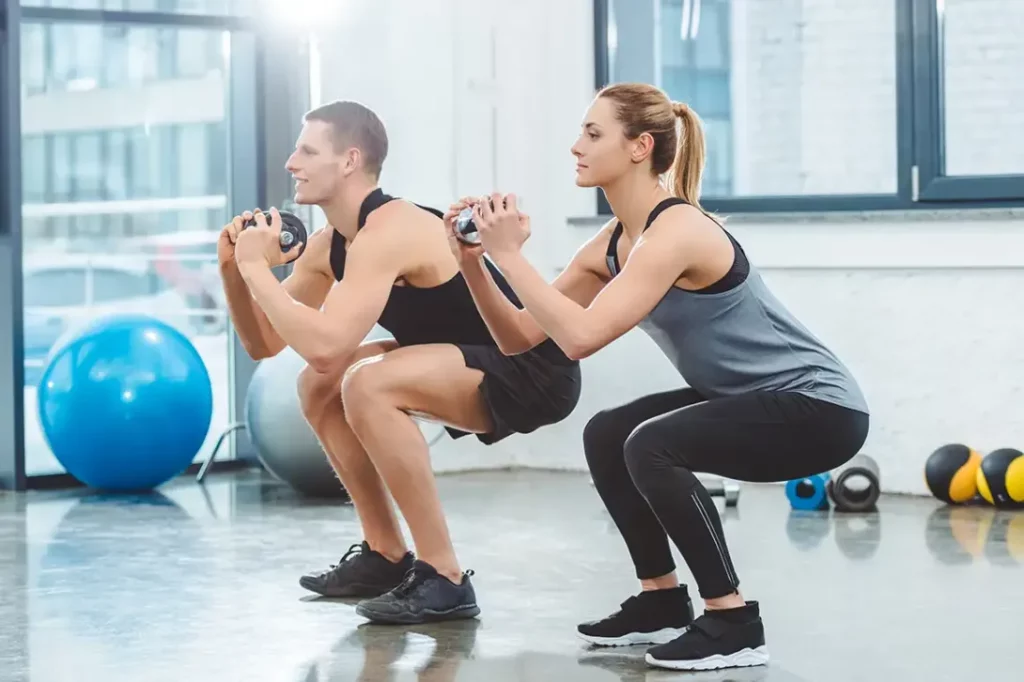
When observing a baby taking its first steps or a child playing on the floor at home, one cannot help but notice the inherent movement patterns ingrained in us from an early age. Squatting, a fundamental human movement, is a natural gesture woven into our daily activities. Whether it’s rising from a chair or bending down to pick up an object, we engage in variations of the squat countless times throughout the day.
Dr. Aaron Horschig, a Doctor of Physical Therapy and strength and conditioning coach, has dedicated his work to refining techniques not only to alleviate training-related pains and discomforts but also to help individuals, regardless of their fitness levels, unlock their true potential.
Understanding the Importance of the Squat
As the author of “The Squat Bible” and the founder of SquatUniversity.com, Dr. Horschig has tailored his methodologies to enhance athletic performance in the general population. He emphasizes that without mastering fundamental movement patterns, as Socrates wrote, one cannot achieve their full physical potential. Dr. Horschig asserts that by becoming experts in understanding our bodies and moving efficiently before striving to move more, we can prevent injuries and maximize our capabilities. And it all begins with the squat.
Research has consistently shown that the squat is an effective exercise for developing the muscles around the hip, knee, and ankle joints. The question then arises: How does one perform it correctly? According to Dr. Horschig, a proper squat entails three key factors: stable feet with weight evenly distributed across the tripod foot, knees aligned with the feet (without collapsing inward), and a stable torso with no excessive movement in the spine.
Debunking Common Myths
Despite its benefits, there are several misconceptions surrounding the squat that Dr. Horschig seeks to dispel. Here are some examples:
- “Deep squats will hurt your knees.” This refrain, often heard in gyms, is paradoxically echoed by both clients and some professionals. Dr. Horschig asserts that deep squats do not inherently damage the knees when executed with proper technique and appropriate loading. However, improper form and excessive loading beyond one’s capacity can increase the risk of injury.
- “Knees should not go past the toes.” Dr. Horschig counters this belief by citing scientific evidence indicating that healthy athletes can safely allow their knees to move past their toes during deep squats. As long as excessive loading is avoided and proper technique is maintained, allowing the knees to move forward can facilitate optimal hip movement.
- “The angle of the feet doesn’t matter.” While there is no one-size-fits-all foot position for squats, Dr. Horschig recommends a general range of 10 to 30 degrees of outward foot rotation. However, individuals should prioritize comfort and listen to their bodies, as discomfort or pain during exercise is a sign that something may be amiss. Dr. Horschig emphasizes that no two squats will look exactly alike, and variations in form are normal.
The Importance of Ankle Mobility
An often overlooked aspect of squat performance is ankle mobility. Dr. Horschig acknowledges that ankle mobility limitations are among the primary impediments to proper squat technique. Without adequate ankle mobility, individuals may struggle to achieve proper depth in their squats, leading to compensatory movements and increased injury risk. Therefore, addressing ankle mobility is crucial for optimizing squat mechanics.
Training Recommendations
In both the gym and daily life, squats are a foundational movement pattern essential for functional strength and mobility. Dr. Horschig emphasizes the importance of mastering bodyweight squats before progressing to loaded variations. By prioritizing proper technique over heavy loading, individuals can lay a solid foundation for safe and effective squat training.
In conclusion, Dr. Horschig’s approach to squat training emphasizes the importance of mastering fundamental movement patterns, dispelling myths surrounding squat mechanics, and addressing mobility limitations to optimize performance and reduce injury risk. By adopting a systematic approach and prioritizing technique over intensity, individuals can unlock their full potential and reap the benefits of squat training for improved strength, mobility, and overall well-being.